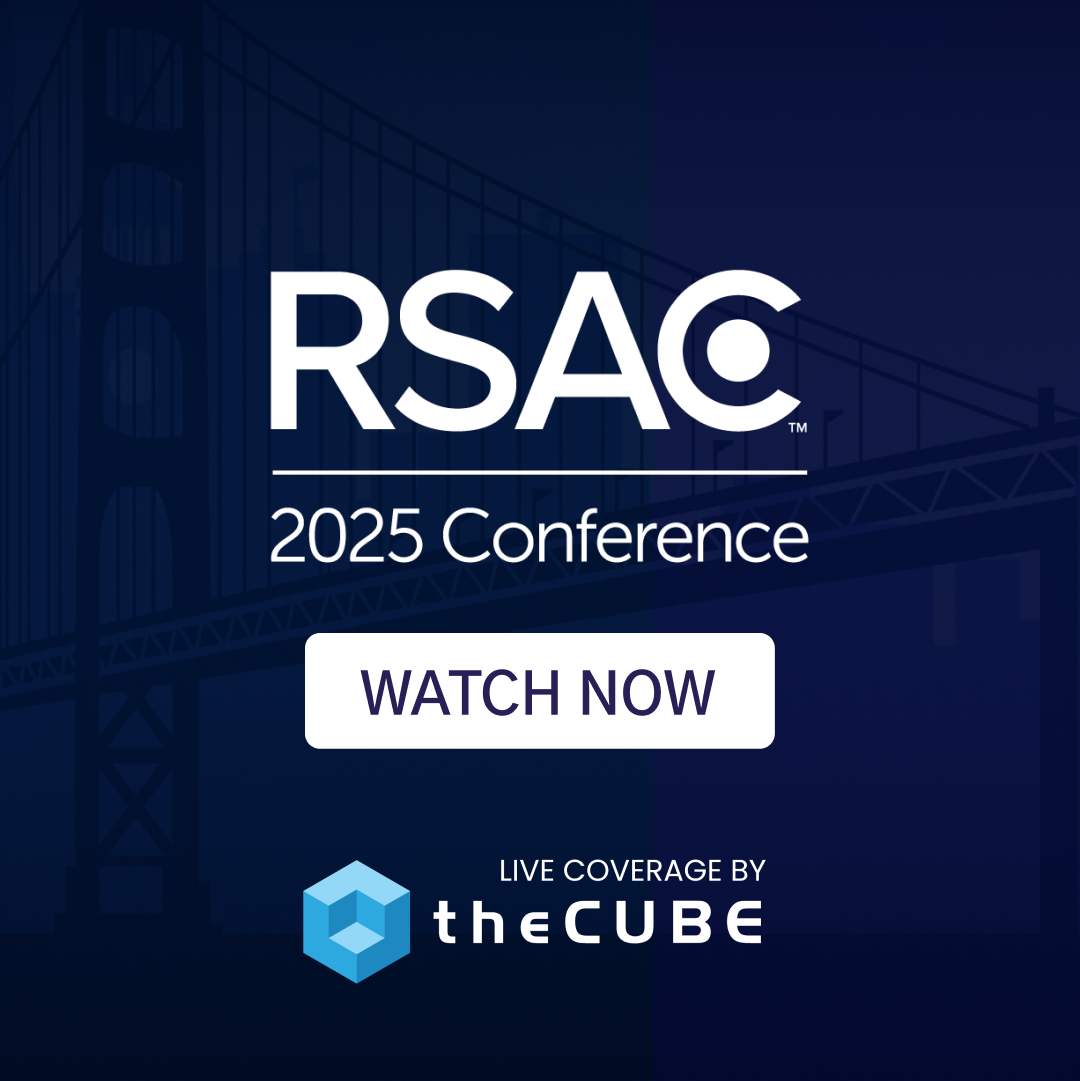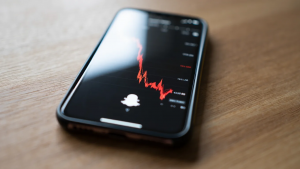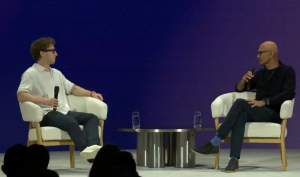Pinterest’s Opportunity in Spammers? An API
Pinterest, the online pinboard that lets users organize and share photos of the things they love, is making a lot of noise as a rising star in socially-driven startups. They recently changed their terms of service to keep the content of Pinterest clean, as in free from photos that promote self-harm and self-abuse, added a new tool so photographers can easily report if their copyright images were infringed, among other updates. But the question of Pinterest as a business marketing tool is not so easily satisfied by their recent changes, and it seems this easy-going network is a playground for spammers and marketing alike.
Spammers on Pinterest
One issue Pinterest is facing is the flourishing number of spammers on the site. News of spammers on Pinterest broke when The Daily Dot published an article on how some use spambots to make their pins popular, driving traffic to affiliate links. The Daily Dot was tipped by blogger Matt Collins who writes at Total Pinterest.
Upon investigating, The Daily Dot found out that some of the popular pins on Pinterest were linked to an affiliate Amazon account: final_fantas07. After the article was published, The Daily Dot was contacted by the owner of the Amazon account final_fantas07 who said his real name was “Steve” and claimed he earns about a $1000 a day because of Pinterest spamming.
How does it work?
![]() Steve created a lot of spambots on that would repin all his pins to make them popular. This fools real users into checking out what he pinned, which would redirect to an Amazon product. Steve pins clothes and boots that can be bought through the online retailer. If someone buys the item on Amazon, he gets a cut.
Steve created a lot of spambots on that would repin all his pins to make them popular. This fools real users into checking out what he pinned, which would redirect to an Amazon product. Steve pins clothes and boots that can be bought through the online retailer. If someone buys the item on Amazon, he gets a cut.
But the funny thing is, a day after the interview was published Steve contacted The Daily Dot stating that he lied and he wasn’t a spammer at all.
“It was a hoax, period,” Steve said. “My name is really Steve and I really do have three aviation associates degrees. I thought it would be funny to play this prank seeing how popular Pinterest is and see how fast it could go viral. I noticed the story on The Daily Dot and on Total Pinterest. I read both stories, and I saw his affiliate tag and wondered what kind of damage I could do. Honestly if it hadn’t grabbed this much attention I probably would have kept playing along.”
But the real issue here is not whether or not Steve is a real spammer, the real issue is whether or not Pinterest can become a viable marketing platform amidst spamming users currently taking advantage of its current startup state.
Pinterest’s side
With the issue on Pintrest spamming going viral, everyone had their own take, including Pinterest.
“As a growing service, Pinterest is not immune to challenges faced by sites across the web, including spam,” Pinterest said. “However, it is a tremendous priority for us to quickly address them. Our engineers are actively working to manage issues as they arise and are revisiting the nature of public feeds on the site to make it harder for fake or harmful content to get into them.”
Retailers’ side
As Pinterest’s engineering team doubles down on circumventing spammer issues in the future, it’s clear that Pinterest has huge potential to become a platform for businesses. It’s expected on any social media site these days, as brands circle emerging outlets like vultures, ready to self-promote on business-ready channels created for their specific purposes.
![]() For companies like Wayfair, Pinterest is becoming a huge source of traffic that redirects back to their catalogs and products, bringing in more user activity than Twitter, Google+ and YouTube. For retailers in particular, Pinterest’s visual nature is what makes it such a prime marketing tool in a socially-driven world. But in Pinterest’s early stage, the pin board network still has some maturation ahead, and should consider an API to extend its activity beyond the confines of on-site vision boards.
For companies like Wayfair, Pinterest is becoming a huge source of traffic that redirects back to their catalogs and products, bringing in more user activity than Twitter, Google+ and YouTube. For retailers in particular, Pinterest’s visual nature is what makes it such a prime marketing tool in a socially-driven world. But in Pinterest’s early stage, the pin board network still has some maturation ahead, and should consider an API to extend its activity beyond the confines of on-site vision boards.
“I think the API is one way for [Pinterest] to very quickly expand their reach,” says Wayfair CEO Niraj Shah. “They’re obviously growing super fast, but how do you go past that to become more of a platform?
“One area they’re lacking is no API–you can’t really integrate Pinterest on the back end. We have millions of catalogs and the only way we can engage them with Pinterest is with a ‘pin it’ button on our site. I think an API is the big opportunity for Pinterest–think of Facebook or Twitter’s APIs. There’s lots of opportunity to engage interest off of Pinterest.com to other places people are browsing and getting style ideas.”
Indeed, Facebook and Twitter both had to develop specialized platform tools for API integration, enabling a structured methodology for brand marketing across their networks. But in an era where advertising and social networks are still finding their happy medium, Facebook, Twitter and Pinterest still struggle in serving two masters–businesses and users. But while they all still strive to make a viable business model out of brand marketing, Pinterest has a natural affinity for a new kind of social, one that could more easily slip into a marketing solution around its highly engaging network.
Contributors: Mellisa Tolentino
A message from John Furrier, co-founder of SiliconANGLE:
Your vote of support is important to us and it helps us keep the content FREE.
One click below supports our mission to provide free, deep, and relevant content.
Join our community on YouTube
Join the community that includes more than 15,000 #CubeAlumni experts, including Amazon.com CEO Andy Jassy, Dell Technologies founder and CEO Michael Dell, Intel CEO Pat Gelsinger, and many more luminaries and experts.
THANK YOU













